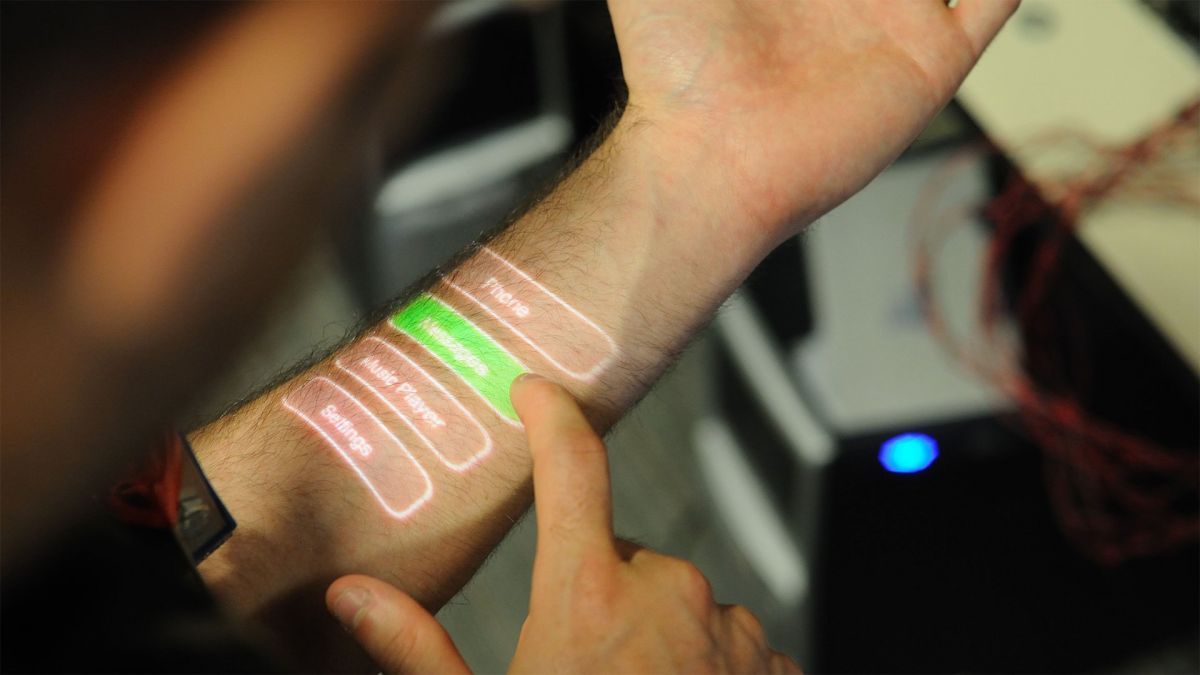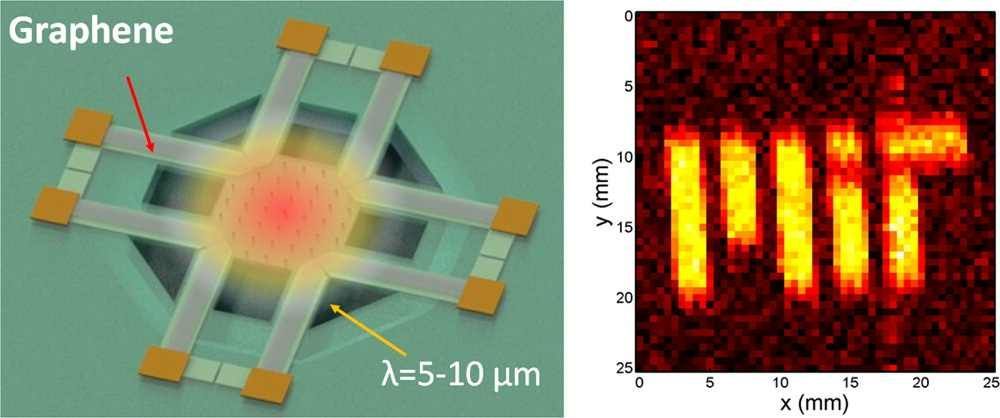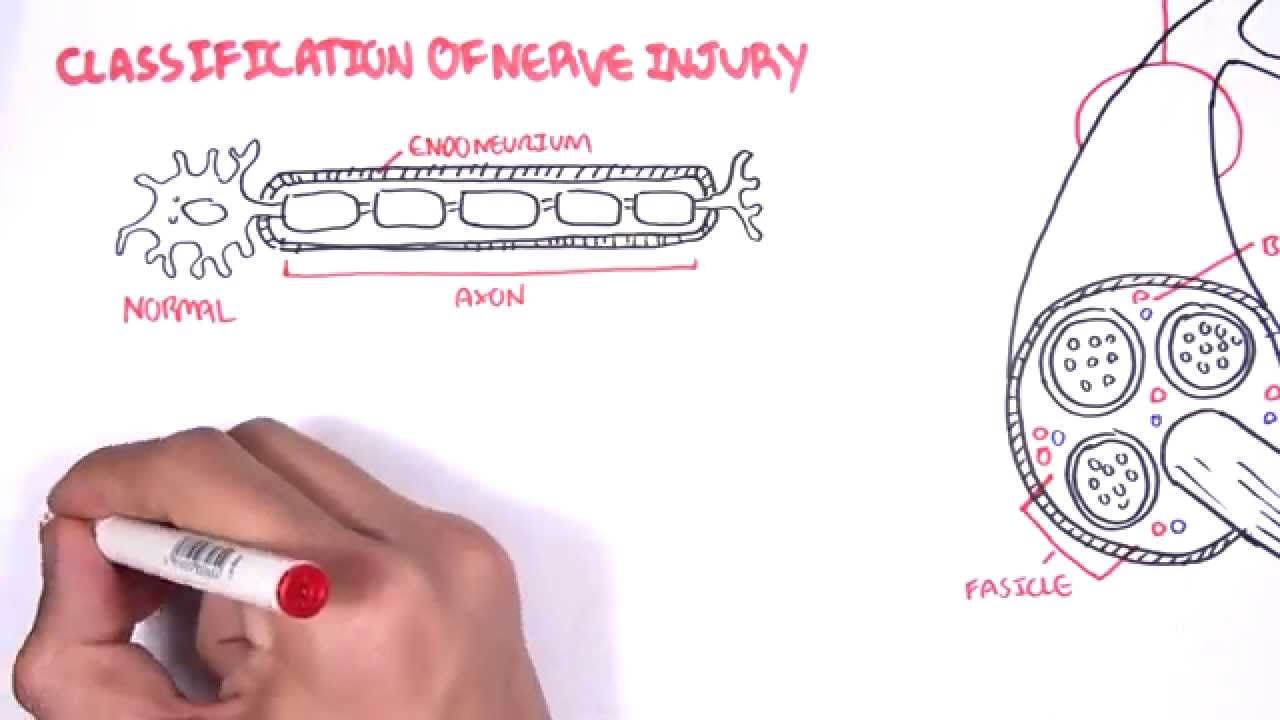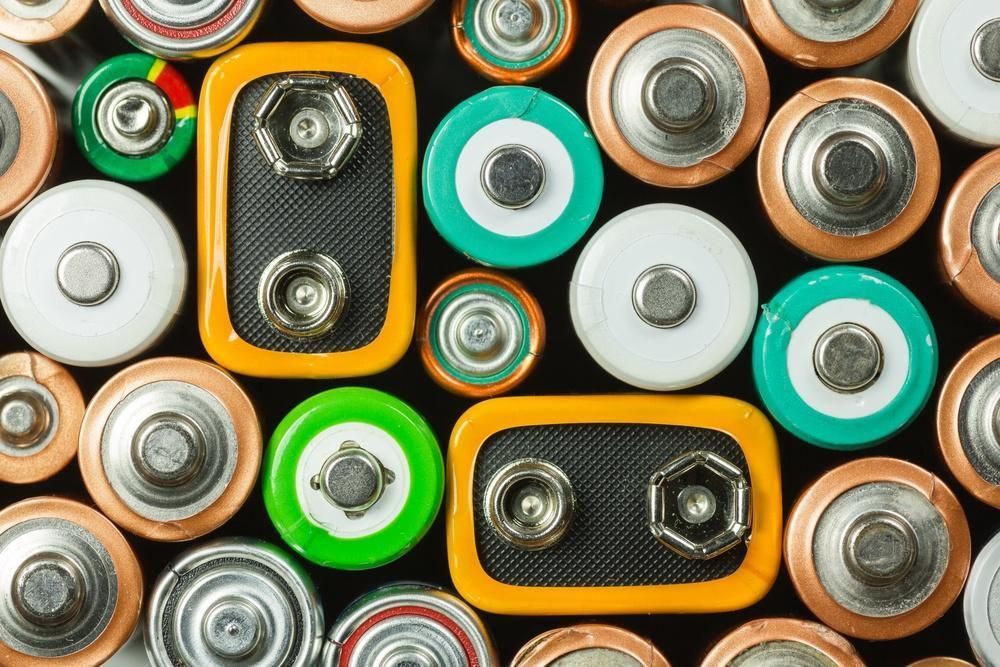Nov 20, 2015
Quantum entanglement achieved at room temperature in semiconductor wafers
Posted by Sean Cusack in categories: computing, electronics, particle physics, quantum physics
Entanglement is one of the strangest phenomena predicted by quantum mechanics, the theory that underlies most of modern physics. It says that two particles can be so inextricably connected that the state of one particle can instantly influence the state of the other, no matter how far apart they are.
Just one century ago, entanglement was at the center of intense theoretical debate, leaving scientists like Albert Einstein baffled. Today, however, entanglement is accepted as a fact of nature and is actively being explored as a resource for future technologies including quantum computers, quantum communication networks, and high-precision quantum sensors.
Entanglement is also one of nature’s most elusive phenomena. Producing entanglement between particles requires that they start out in a highly ordered state, which is disfavored by thermodynamics, the process that governs the interactions between heat and other forms of energy. This poses a particularly formidable challenge when trying to realize entanglement at the macroscopic scale, among huge numbers of particles.

















